A website isn’t just a digital space—it’s a dynamic platform designed to elevate your creative profession. For creative professionals, the right website design is crucial, serving as both a portfolio showcase and a hub for client connections. Thoughtful design ensures your work stands out, engages visitors, and facilitates meaningful interactions. Whether it’s a sleek, minimal aesthetic or a vibrant, artistic vibe, the design must reflect your unique style while delivering an exceptional user experience.
Key Takeaways
– Responsive Design: Ensure your website adapts seamlessly to all devices, enabling creatives to work effortlessly on-the-go.
– Modern Aesthetics & Usability: Combine clean layouts, professional color schemes, and intuitive navigation for a polished and user-friendly experience.
– Fast Loading Times: Optimize your site for speed to reduce frustration during workflow switches and enhance user experience.
– Mobile-Friendly Design: Create touch-optimized interfaces to accommodate on-the-move creativity and ensure smooth interactions on mobile devices.
– Seamless Tool Integration: Build websites with easily accessible design tools, libraries, and resources to streamline the creative process.
– Collaboration Tools: Incorporate client portals, shared dashboards, and real-time feedback to simplify teamwork and project management.
– SEO Optimization: Enhance discoverability with meta descriptions, alt text, and SEO-friendly URLs to improve search engine rankings.
– E-Commerce Integration: Offer secure payment gateways and product galleries to streamline sales for digital product creators.
– Community & Networking Features: Foster connections with forums or discussion groups to support idea sharing and networking among creatives.
– Future-Proofing: Use modern web standards and regular updates to ensure long-term compatibility and performance.
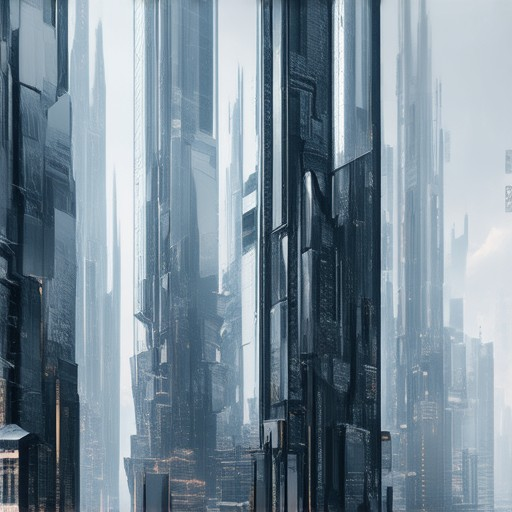
Key Elements of a Successful Website Design for Creative Professionals
A successful website design for creative professionals must balance aesthetics, functionality, and user experience to effectively showcase expertise and attract clients. Below are the critical components that define a high-performing website design:
- Professional Visual Identity
- Logo and Branding: Ensure the logo, color scheme, and typography align with the brand identity. Consistency in design elements reinforces professionalism and recognition.
- High-Quality Imagery: Display a portfolio of previous work in a visually appealing manner, using galleries or grids to highlight diversity in style and execution.
- Clear Value Proposition
- Homepage Message: Craft a compelling headline and subheadline that immediately communicates the unique value offered. For example, “Transform Your Vision into Reality” or “Creative Solutions That Inspire.”
- Service Offerings: Clearly outline the services provided, such as web design, branding, UI/UX design, or digital marketing, using simple and action-oriented language.
- Portfolio Section
- Project Categories: Organize work into categories like branding, typography, digital products, or custom designs to make it easier for visitors to explore specific expertise.
- Case Studies: Include brief narratives or before-and-after examples to demonstrate the impact of previous projects.
- Service Offerings
- Detailed Descriptions: Provide detailed descriptions of each service, including deliverables, timelines, and pricing (if applicable).
- Testimonials: Showcase testimonials or client reviews to build credibility and trust.
- Interactive Tools or Resources
- Design Tools: Offer free downloadable resources, such as design templates or brushes, to engage visitors.
- Blog or Articles: Maintain a regularly updated blog with industry insights, design tips, and thought leadership content to establish authority in the field.
- Responsive Design
- Mobile-Friendly Layout: Ensure the website is fully responsive, providing an optimal viewing experience across all devices.
- Fast Loading Times: Optimize images and reduce file sizes to ensure quick load times, which improve user experience and SEO performance.
- SEO and Analytics Integration
- Meta Tags and Alt Texts: Implement SEO-friendly meta tags and fill out alt texts for images to improve search engine visibility.
- Google Analytics: Integrate analytics tools to track visitor behavior, bounce rates, and conversion paths, allowing for continuous improvements.
- Call-to-Action (CTA)
- Contact Form: Include a simple contact form for inquiries or project proposals.
- Book Now Button: Add a button for scheduling consultations or workshops.
- Security Features
- SSL Certificate: Implement HTTPS to secure connections and build trust with visitors.
- Privacy Policy: Provide a clear privacy policy to assure clients of data protection.
By incorporating these elements, a website design for creative professionals can effectively showcase their expertise, attract targeted clients, and foster meaningful engagement.
What Are the Essential Features Every Website Design for Creative Professionals Should Include?
The essence of a website design tailored for creative professionals lies in its ability to showcase expertise, attract clients, and facilitate easy navigation. Here’s a breakdown of the must-have features:
Core Features
- Portfolio Showcase : A dedicated section to display high-quality work, allowing visitors to explore your creative process and style. Use galleries, sliders, or grids to present your best pieces effectively.
- Responsive Design : Ensure your website looks flawless on all devices, from desktops to mobile phones. Responsive design adapts to different screen sizes, providing a seamless user experience.
- User Experience (UX) : A clean, intuitive layout with logical navigation helps visitors find information quickly. Simplify dropdown menus, use consistent typography, and ensure the site is easy to navigate.
- Visual Appeal : Aesthetically pleasing designs with modern fonts, color schemes, and layouts capture attention and convey professionalism. Use high-quality images and videos to enhance visual appeal.
- Brand Identity Integration : Reflect your personal or company brand through colors, logos, and overall styling. Consistency in branding reinforces your professional image.
Advanced Features
- Contact Section : Include a clear and functional contact form, phone number, email, and address. Make it easy for potential clients to reach out to you.
- Social Media Links : Add icons linking to your social media profiles to connect with your audience and showcase your online presence.
- Service Showcase : Highlight your offerings with separate sections detailing services, whether it’s web design, graphic design, or digital marketing.
- Testimonials or Case Studies : Display client testimonials or detailed case studies to build credibility and trust with your visitors.
- SEO Optimization : Implement meta tags, alt text for images, and optimize content for search engines to improve visibility and attract organic traffic.
Additional Considerations
- Fast Loading Times : Optimize images and reduce server load to ensure quick loading speeds, which improves user experience and SEO performance.
- Mobile-Friendly Navigation : Ensure that mobile menus are easy to use and that all interactive elements function smoothly on touchscreens.
- Easily Updatable Content : Use a content management system (CMS) like WordPress or Squarespace to allow for simple updates without technical expertise.
- Inclusive Design Practices : Ensure your website is accessible to users with disabilities by incorporating features like alt text for images, proper contrast ratios, and keyboard navigation support.
By incorporating these features, your website design will not only attract clients but also establish you as a professional in your field. Keep your design updated with the latest trends and continuously seek feedback to refine your user experience.
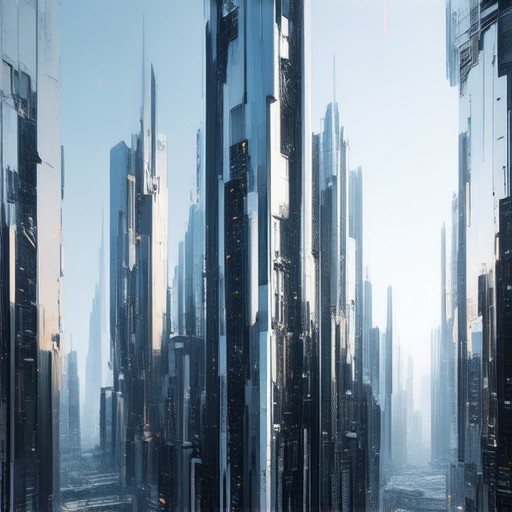
What Are the Key Features That Make a Website Design Ideal for Creative Professionals?
A website design tailored for creative professionals must balance functionality, usability, and aesthetic appeal to enhance the user experience. Here are the essential features that define an optimal design:
- Responsive Design : Ensures the website looks great on all devices, from desktops to mobile phones, allowing creatives to work seamlessly on-the-go.
- Modern Aesthetics : Features clean layouts, subtle animations, and professional color schemes that inspire creativity and reflect a polished look.
- Easy Navigation : Intuitive menus and clear hierarchy help users quickly find tools, resources, and inspiration without confusion.
- Fast Loading Times : Optimized code and efficient image management ensure the site loads quickly, reducing frustration during workflow switches.
- Mobile-Friendly : Touch-optimized interfaces and interactive elements cater specifically to mobile users, accommodating on-the-move creativity.
- Seamless Tool Integration : Built-in or easily accessible design tools, libraries, and resources streamline the creative process and save time.
Additional Considerations for Creative-Friendly Designs
- Color Theory : Thoughtful color palettes that evoke emotions and align with brand guidelines, aiding in creative expression and project consistency.
- Typography : High-quality fonts and readable text layouts that support clear communication and inspire visual ideas.
- Layout Principles : Balanced compositions and white space utilization that reduce clutter and promote focus on creative projects.
- Collaboration Tools : Features like shared dashboards, real-time feedback, and version control that facilitate teamwork and project management.
For further exploration, visit our resource hub to discover more insights and tools tailored for creative professionals. Explore Adobe ‘s comprehensive design solutions and Canva ‘s intuitive templates to enhance your creative workflow.

What Are the Key Features That Make a Website Design Ideal for Creative Professionals?
A website design tailored for creative professionals must balance functionality, usability, and aesthetic appeal to enhance the user experience. Here are the essential features that define an optimal design:
- Responsive Design : Ensures the website looks great on all devices, from desktops to mobile phones, allowing creatives to work seamlessly on-the-go.
- Modern Aesthetics : Features clean layouts, subtle animations, and professional color schemes that inspire creativity and reflect a polished look.
- Easy Navigation : Intuitive menus and clear hierarchy help users quickly find tools, resources, and inspiration without confusion.
- Fast Loading Times : Optimized code and efficient image management ensure the site loads quickly, reducing frustration during workflow switches.
- Mobile-Friendly : Touch-optimized interfaces and interactive elements cater specifically to mobile users, accommodating on-the-move creativity.
- Seamless Tool Integration : Built-in or easily accessible design tools, libraries, and resources streamline the creative process and save time.
Additional Considerations for Creative-Friendly Designs
- Color Theory : Thoughtful color palettes that evoke emotions and align with brand guidelines, aiding in creative expression and project consistency.
- Typography : High-quality fonts and readable text layouts that support clear communication and inspire visual ideas.
- Layout Principles : Balanced compositions and white space utilization that reduce clutter and promote focus on creative projects.
- Collaboration Tools : Features like shared dashboards, real-time feedback, and version control that facilitate teamwork and project management.
For further exploration, visit our resource hub to discover more insights and tools tailored for creative professionals. Explore Adobe ‘s comprehensive design solutions and Canva ‘s intuitive templates to enhance your creative workflow.
Essential Features for a Creative Professional’s Ideal Website
A website designed for creative professionals must be visually appealing, functional, and easy to use. Here are the key features that make such a website stand out:
- Professional Portfolio Section: Showcase your best work with a clean, modern layout. Use a grid or gallery format to display high-quality images, videos, and digital assets.
- Customizable Templates: Offer a variety of customizable templates that align with different artistic styles and industries. Allow users to modify colors, fonts, and layouts to match their brand identity.
- SEO Optimization: Ensure the website is optimized for search engines with features like meta descriptions, alt text for images, and SEO-friendly URLs. This helps potential clients find your work more easily.
- Client Connection Tools: Include a messaging system or contact form for clients to reach out. Consider adding live chat or video conferencing options for real-time communication.
- Responsive Design: Make sure the website is fully responsive, so it looks great on desktops, tablets, and mobile devices. This ensures a seamless user experience across all platforms.
- File Management System: Provide a robust file storage solution for high-quality images, videos, and documents. Include features for uploading, organizing, and sharing files securely.
- Security Features: Implement strong security measures to protect user data, including SSL encryption for secure connections and regular security audits to prevent breaches.
- Collaboration Tools: Offer features for teams or freelance projects, such as shared folders, project management integrations, and version control for collaborative editing.
- Analytics and Insights: Provide tools to track website traffic, user engagement, and conversion rates. This helps you understand what content resonates with your audience and improves your strategy.
- Third-Party Integrations: Integrate with popular third-party services like payment gateways for selling products, CRM systems for managing client relationships, and social media platforms for promoting your work.
- Community and Networking Features: Create forums or discussion groups where creative professionals can share ideas, get feedback, and network with others in their field.

What Are the Essential Features That Make a Website Design Ideal for Creative Professionals?
The ideal website design for creative professionals must balance aesthetics, functionality, and user experience to meet the unique demands of designers, artists, photographers, and other creatives. Here are the key features that make a website design stand out:
- Responsive Design
- A responsive design ensures that the website looks great on all devices, from desktops to mobile phones. This is crucial for creatives who often work on-the-go.
- Fluid layouts adapt to different screen sizes, preserving the integrity of the design while remaining accessible and visually appealing.
- Customizable Templates
- Pre-designed templates offer a solid foundation for building professional portfolios or project showcases.
- These templates can be easily customized to reflect personal branding and unique styles.
- They save time while allowing for a high degree of creativity and personalization.
- Integrated Tools and Features
- Built-in galleries, sliders, and grids make it easy to showcase work effectively.
- Lightboxes and zoom functionalities enhance the user experience when viewing detailed projects.
- Portfolio management tools help organize and display work in a logical manner.
- Seamless Collaboration
- Client portals allow for easy sharing and feedback, streamlining the collaboration process.
- Version control and project management features help teams stay organized and on track.
- Real-time editing and commenting tools facilitate efficient teamwork.
- User-Friendly Navigation
- Clean and intuitive navigation makes it easy for visitors to find what they’re looking for.
- Search functions and filters help users quickly locate specific projects or artists.
- Clear CTAs (Calls to Action) guide users toward taking desired actions, such as contacting the creator or purchasing products.
- Modern Aesthetics
- A cohesive color scheme, typography, and layout create a professional and visually appealing look.
- Minimalist designs reduce distractions and highlight the user’s work.
- Smooth animations and transitions enhance the overall user experience.
- E-Commerce Integration
- For creatives offering digital products, integrated e-commerce solutions streamline sales.
- Secure payment gateways and easy checkout processes build trust with customers.
- Product galleries and detailed product pages enhance the shopping experience.
- Mobile-First Approach
- Designing with a mobile-first mindset ensures that the website is fully functional and visually appealing on all devices.
- Touch-optimized interfaces cater to users interacting on mobile devices.
- Mobile menus and responsive forms improve usability on smaller screens.
- SEO Optimization
- Built-in SEO tools help improve search engine rankings, making the website more discoverable.
- Meta tags, alt text, and image optimization ensure that the website performs well in search results.
- Regular updates and maintenance keep the website ranking strong over time.
- Future-Proofing
- Using modern web standards and techniques ensures long-term compatibility and performance.
- Regular updates and maintenance keep the website running smoothly as technology evolves.
- Backups and disaster recovery plans protect the website from issues like crashes or data loss.
By incorporating these features, a website design becomes not just a static collection of pages but a dynamic tool that supports the creative process, engages users, and fosters growth and success for creative professionals.
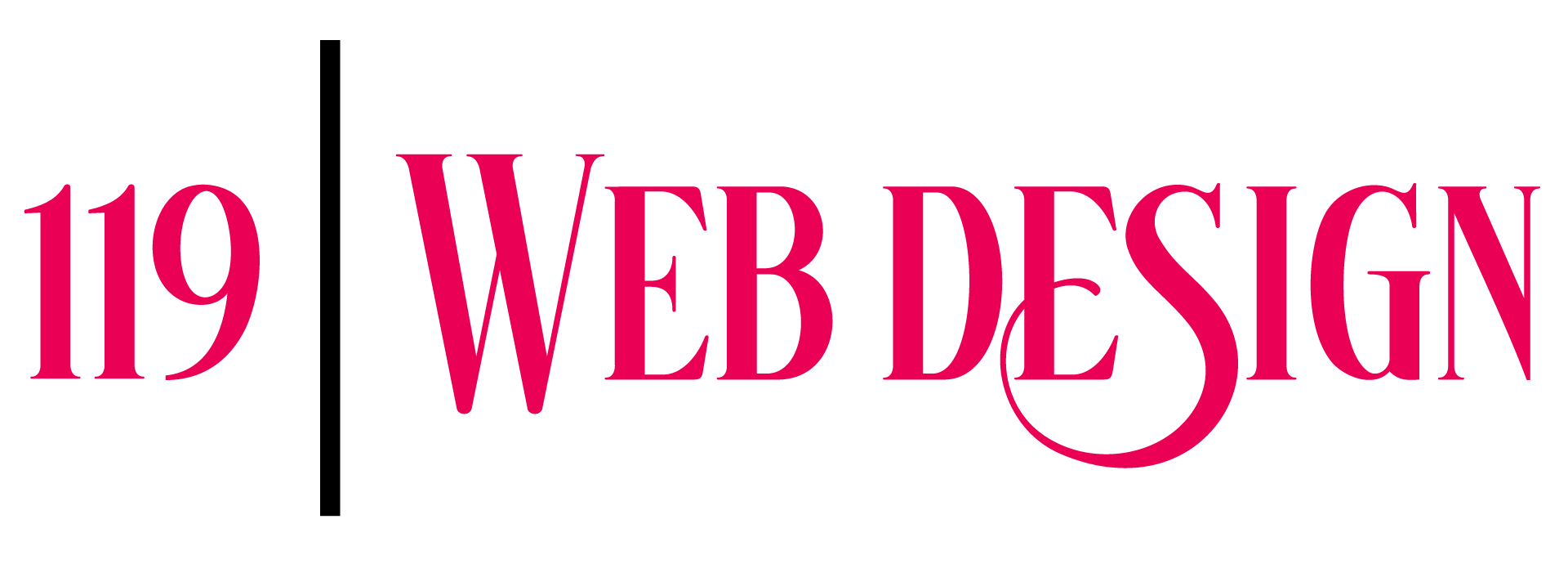

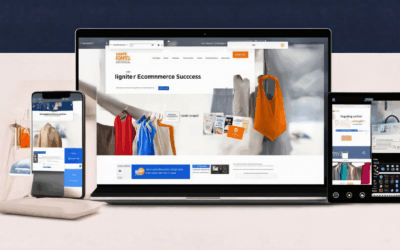
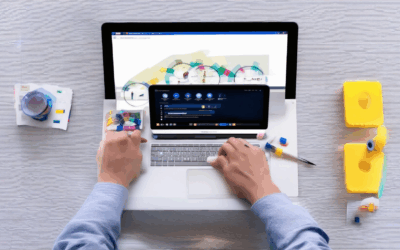
0 Comments